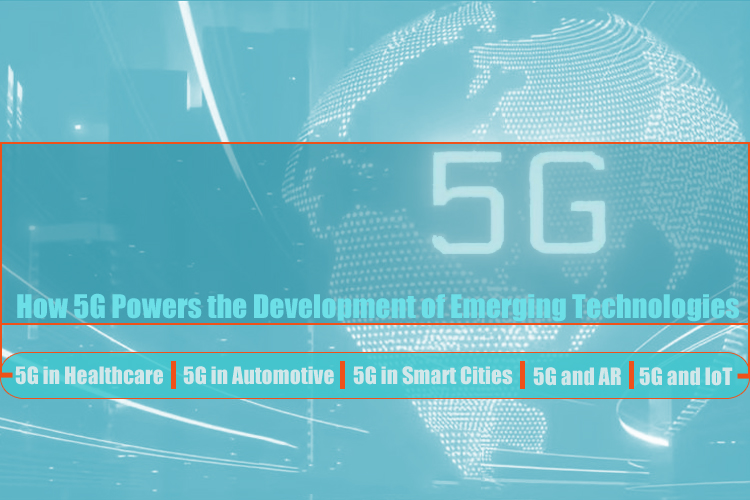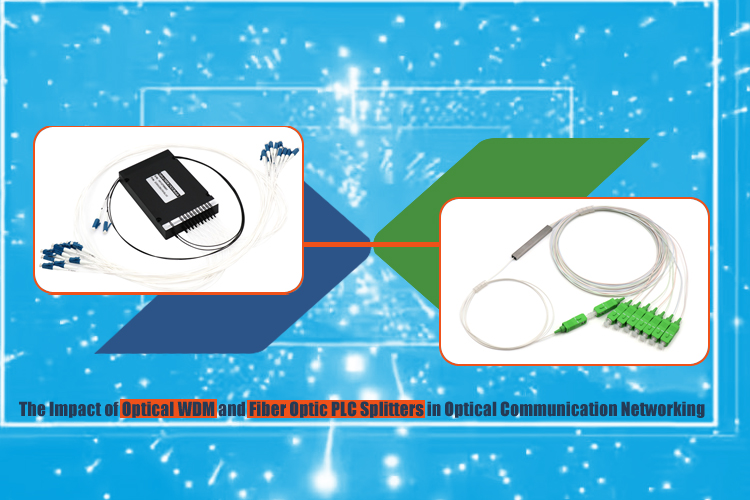
 New Type of Distributed Optical Fiber Sensing Fiber Optic Cable
New Type of Distributed Optical Fiber Sensing Fiber Optic Cable
 High-Speed Multimode Optical Fiber Cable: Enhancing Data Center Exchange
High-Speed Multimode Optical Fiber Cable: Enhancing Data Center Exchange
 The Fast Access Advantages and Application Fields of Fiber Optic Fast Connector in FTTH Networking
The Fast Access Advantages and Application Fields of Fiber Optic Fast Connector in FTTH Networking
 The Impact of Optical WDM and Fiber Optic PLC Splitters in Optical Communication Networking
The Impact of Optical WDM and Fiber Optic PLC Splitters in Optical Communication Networking